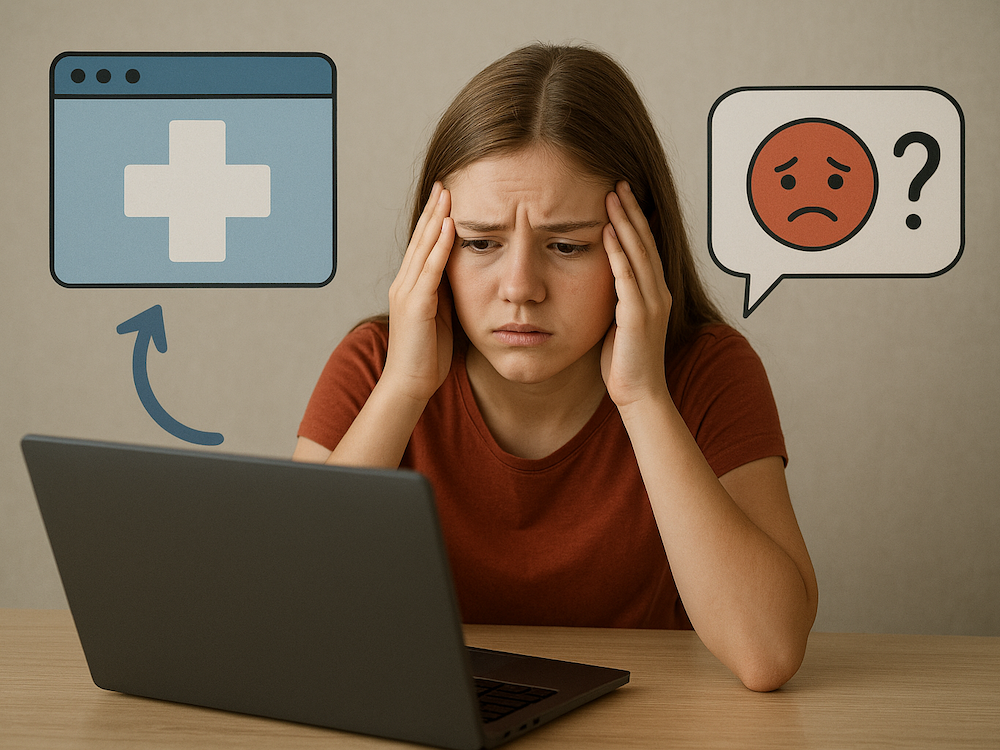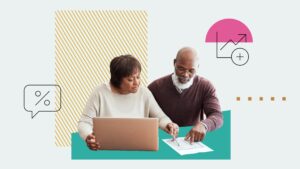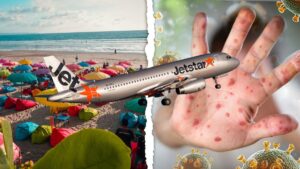
Since before the pandemic, adolescent mental health has been a growing concern, with many young people experiencing heightened anxiety about their health. Adolescents, who are naturally more self-aware and sensitive to bodily changes, are particularly prone to health-related worries. Despite this, research on health anxiety—defined as the fear of contracting or developing an illness—has been limited in this age group. This oversight is significant, especially as the COVID-19 pandemic likely intensified these concerns, placing health anxiety at the forefront of mental health challenges faced by adolescents today.
Health anxiety is characterized by an increased focus on bodily sensations, an overestimation of the severity of minor symptoms, and the misinterpretation of benign signals as indicators of serious illness. While some level of vigilance can be beneficial, excessive health anxiety can lead to unnecessary precautions, social isolation, and comorbidity with other anxiety disorders. This condition often develops in childhood or early adolescence, sometimes triggered by witnessing a significant other’s serious illness or through health-anxious cognitions. The rapid physical changes during puberty can further complicate the ability to distinguish normal bodily sensations from signs of illness, fostering a state of hypervigilance that increases the risk of misinterpreting sensations as serious symptoms.
Health Anxiety and Internet Use
Health anxiety is closely linked to health-related internet use (HRIU), with up to 80% of adolescents accessing online resources for health information. Adolescents often seek information about illnesses, whether concerning themselves or their relatives, and also turn to the internet for developmental and sensitive topics like fitness, body image, and mental health. For some, online searches serve as an alternative to professional consultations, driven by fear of rejection, reluctance to trouble parents or doctors, or a desire for privacy—concerns especially pertinent during adolescence.
Two theoretical models attempt to explain the relationship between health anxiety and HRIU. The cognitive-behavioral model suggests that individuals with higher health anxiety are more prone to reassurance-seeking behaviors, a pattern supported by meta-analytic evidence from 44 studies in adults. This pattern is also evident in adolescents, although the literature on adolescent health anxiety remains sparse. Conversely, an integrative model proposed by Brown et al. suggests a within-person process, where each search can yield both reassuring and worrying outcomes, potentially sustaining further searching and creating a vicious cycle of health anxiety and internet use.
Study Insights and Hypotheses
This study aims to bridge the gap in understanding the long-term relationship between health anxiety and HRIU among adolescents. It explores whether these two factors co-occur or causally affect each other over time and if the relationship varies based on an individual’s baseline level of health anxiety. The study hypothesizes that within-person changes in health anxiety will be positively associated with changes in HRIU six months later, and vice versa.
Data were collected from 2,500 Czech adolescents aged 11-16 years over three waves, each six months apart, as part of the DigiWELL Project. The study aimed to include adolescents with varying levels of health anxiety, using a community sample representative of the general Czech adolescent population. The data collection spanned from June 2021 to June 2022, a period marked by fluctuating COVID-19 restrictions and infection rates, which likely influenced health anxiety and HRIU.
Findings and Implications
The study found that adolescents with higher baseline health anxiety were more frequent users of health-related internet resources. However, contrary to the initial hypothesis, changes in health anxiety did not predict changes in HRIU in the overall sample. Nonetheless, changes in HRIU were found to predict subsequent changes in health anxiety, particularly between the second and third waves of data collection. This suggests that while health anxiety might not lead to increased internet use, increased HRIU can exacerbate health anxiety over time.
Interestingly, the study revealed that the relationship between health anxiety and HRIU varies among adolescents with different baseline levels of health anxiety. For those with medium baseline health anxiety, increased HRIU was consistently associated with higher health anxiety across all waves, indicating that this group might be particularly vulnerable to the negative effects of health-related media use. In contrast, adolescents with high baseline health anxiety did not show significant changes in health anxiety or HRIU, suggesting a potential ceiling effect where both variables are persistently high and stable.
Expert Opinions and Future Directions
Experts suggest that the findings highlight the need for targeted interventions to support adolescents with medium baseline health anxiety, who appear most susceptible to the negative cycle of health anxiety and HRIU. Enhancing eHealth literacy and promoting healthy coping mechanisms could help mitigate these effects. For adolescents with high baseline health anxiety, alternative support strategies may be necessary, as frequent HRIU does not seem to alleviate their health concerns.
Future research should focus on replicating these findings in a post-pandemic context to determine whether the observed effects persist outside of the pandemic’s influence. Additionally, exploring cognitive strategies that protect against compulsive or distressing HRIU could inform interventions for adolescents with higher health anxiety.
This study provides valuable insights into the complex interplay between adolescent health anxiety and internet use, emphasizing the importance of considering individual differences in health anxiety levels. As the digital landscape continues to evolve, understanding these dynamics will be crucial for developing effective mental health interventions for young people.







